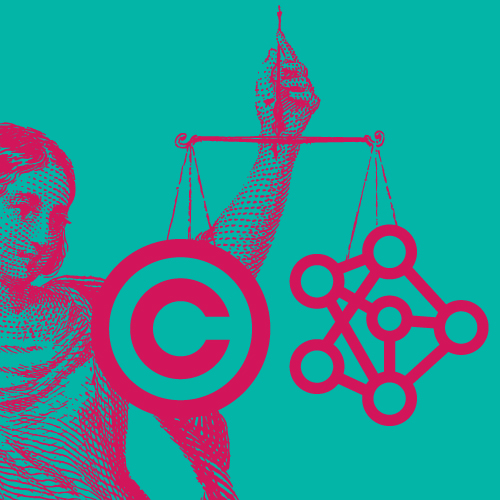3 key questions about your document policy
For several years now, the subject of DAM has been mature among our customers and prospects. The role of such a solution has been accepted, and the issues of centralisation, document language and distribution have been mastered. In any case, these issues are considered to be covered by a DAM solution. Sometimes with different philosophies, but they are integrated directly into the implementation of Ephoto Dam projects.
On the other hand, the issue of document policy is often somewhat overlooked, even though the implementation of a DAM must absolutely be accompanied by this consideration if it is to be successful over time.
It is certainly put to one side because it requires elements that are sometimes difficult for project managers to bring together: a documentation professional and the collaboration of all the players involved.
However, we are going to see that with a few tricks and points of reference, it is possible to initiate this reflection, which will then become a real strength for the sustainability of the DAM project. In any case, it’s a long process, but a living one, because the document policy will continue to be developed and amended throughout the life of the DAM. It is always an advantage to have a documentation professional to carry out this part of the project, but in any case he will need to unite his colleagues around him.
Here, for example, is an initial question that provides a good starting point:

What are the life cycles of my media?
From production to archiving, it’s always a good idea to formalise media life cycles. These cycles can be different depending on the type of media or the departments that produce or request it.
Once these different stages have been determined, the roles of each person at each stage can be specified, enabling a map to be drawn up of the rights (and missions) of each person with regard to the audiovisual assets managed with the DAM. People’s interactions with the Dam solution are then determined and provide a good guide for driving change towards optimised media management.
With this first question, another quickly emerges:
How do you index media?
There is no ready-made answer, but what must guide this reflection are the search requirements. You have to index the elements that are necessary and useful for an effective search. This is the only way to maintain a favourable ratio between the time spent indexing and the time spent searching.
Most DAMs are designed for sharing and dissemination, not just preservation. That’s why this angle of attack, based on research needs, is so important. To this must be added the minimum requirements in terms of rights and intellectual property. This need is often compatible with the first angle of attack on this question.
From there, if we add as many controlled elements as possible (lists for descriptive fields when the values are known, a thesaurus for keywords or places), we obtain a documentary structure that becomes a real indexing guide. It should be noted that needs may vary from one collection to another, but defining these elements in the first instance will always allow you to open up to other needs later on.
Finally, a third question that forms a benchmark:
When should media be removed from Ephoto Dam?
This is not necessarily the first question to ask. However, storage has a cost and an ecological footprint, but it also represents a volume of media that can be contradictory to an efficient search in the DAM.
If an archivist is unable to help you at this stage, you should try to define not rules, but control points that will enable you to archive media, i.e. to move them from Ephoto Dam to cold storage, for example, or archiving software. There are several criteria for this, which vary according to the type of media and what they represent and their ‘historical’ interest.
These include :
- a criterion of obsolescence (a building that has been renovated, a management team or elected representative that has changed, etc)
- a criterion of non-rarity, i.e. a subject covered by numerous media from which we could select the most relevant elements
- criterion of non-use. Statistics can be used to measure whether a media item has been downloaded, broadcast, etc.
In all cases, there is no general rule and each case must be examined individually. For example, even if a report is obsolete, it may be a good idea to keep one or two representative images in Ephoto Dam and archive the rest. That’s what an archivist knows, but it’s always complicated to know whether a piece of media will be of interest in 5 years’ time or not.
However, it can be useful to have a few points to bear in mind when sorting, for example, when the quality of the research deteriorates. It should be noted that this needs to be dealt with alongside serious editing and a review of the documentation language at regular intervals.
All these elements are part of the documentation policy, which itself sometimes includes a CSR policy or an archiving policy. These are all elements that need to be considered as part of your Dam project to ensure the long-term use and services provided by the Dam solution.


